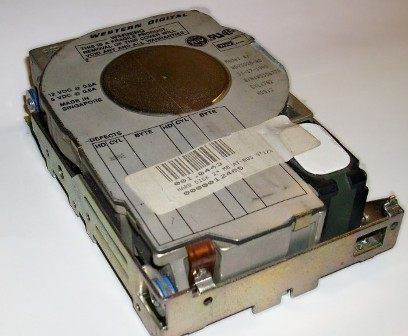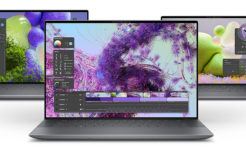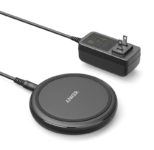
When computers and the Internet were just becoming commonplace, space on a hard drive was used up quickly. One solution was to add another drive. But what were people looking for in a hard drive a long, long time ago? Well, of course, the storage space available on a drive, its speed (the speed with which the hard drive retrieves information) and its compatibility with the computer that it is to be added to. Much has changed since those times, but it remains fascinating to compare the two.
Add Another Drive: Getting More on Your Machine
Can’t fit anything else on your computer? Add another drive.
Think of it as computer’s law of manifest destiny. No matter how much space you have on your hard disk, you’ find a way to use it up. When you are beginning to feel cramped, your first plan of action should be to compress the files on your disk – a utility program will allow you to do this. But it may be time to add a bigger and faster hard drive. Most reliable hard drive manufacturers – among them Maxtor, Connor and Seagate – sell their wares through mail-order houses and major retail outlets. Here’s for to look for:
Get the drive with the greatest storage capacity that you can afford. You can expect to pay $500 or less for a 500 MB hard drive for a Mac or PC (in general, though, you’ll find Mac hard drives are a trifle more expensive). Drives of 300 MB to 500 MB are standard. But if you plan to do a lot of desktop publishing, upgrade to multimedia, electronically save the faxes that you receive on your computer, or use any kind of graphics-heavy applications, consider opting for 850 MB or better.
Go as fast you can. Most drives have a 10-millisecond to 14-millisecond average access time. Access time is how long it takes the hard disk to find the information that you have requested. Anything more than 14-milliseconds is not worth considering.
A drive with something called a cache or a hard disk caching controller can make your drive’s response time even speedier. The caching feature automatically recognizes which information you are accessing most and keeps that data front and center so that every time you want to call it up, your hard drive doesn’t have to waste time searching its entire inventory to find it.
A good transfer rate – 4 MB or faster – will also speed things up. The transfer rate is the amount of time it takes for the hard drive to send information through the drive’s interface.
Make sure the hard drive’s interface is compatible with your computer. A hard drive’s interface determines how it will talk to the rest of your computer. If you’re a Mac user, SCSI (Small Computer Systems Interface – pronounced “skuzzy”) is your only choice. But if you use a PC, you can choose between SCSI and IDE (Integrated Drive Electronics) drives, with SCSI being the interface of choice if you want a drive of more than 500 MB. Most PCs are spacious, which means that you don’t have to get rid of your old drive to make room for the new one: You will just have two drives available to you.
Macintoshes, however, are smaller creatures, so you’ll either have to remove the old drive to install a new internal one, or you just add an external drive.
A note: There are two kinds of SCSI drives – SCSI-1 and SCSI-2. Both will work on any computer that accepts SCSI, but older machines are more likely to utilize SCSI-1. SCSI-2 is the new standard. It is more efficient and, with the proper upgrades, can be adapted to most computers.
Make sure it fits. Internal hard drives are installed in an empty drive bay in your computer’s chassis that is similar, and often next to, the floppy bay. Most hard drives are 3 ½ inches, the same size as the most popular floppy disk format. Adding an internal drive isn’t hard, but if you’ve never done it before, you would do best to ask the advice of your friendly neighborhood computer guru. Adding an external drive is even easier – just plug it in.
Old hard drive. Credit photo: Alessio Sbarbarro






Facebook
Twitter
RSS